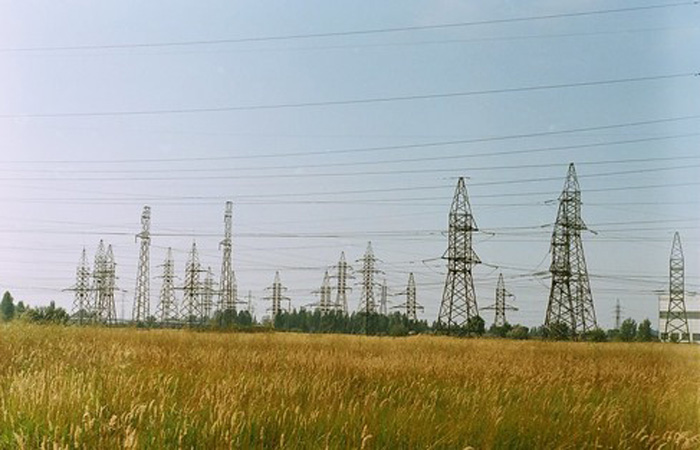Rethinking Lifestyle
Blackout Vulnerability

The lead off news story last Sunday evening was the power blackout covering all of Argentina as well as significant parts of Uruguay, Brazil, Paraguay and Chile. Nearly 50 million people were without power. At the time of the news story no one knew when power would be restored. As it turned out, the blackout lasted seven hours. Apparently a transmission system at Yacyretá Dam – on the Paraná River near Ayolas, Paraguay – failed “without human intervention,” forcing an automatic shutdown.
The Argentina blackout reminded me of the 2003 blackout in Eastern Canada and the US that affected 50 million people, some for 33 days. In this case the fundamental cause for the failure was the high electricity demand from air conditioners. It was a hot summer day.
You may have missed another news story, but in 2013 a shooter chose to aim his bullets at 17 transformers in the San Francisco Bay area causing $15 million in damage. This particular grid attack did not result in significant power outage, but I mention it to illustrate how vulnerable any grid power system is to sabotage.
Earlier that same Sunday evening Mary, my wife, and I had been watching a documentary on the devastation caused by hurricanes in 2017. This led us to speculate on where our greatest vulnerability lay. We decided it’s neither hurricanes nor earthquakes. Rather it is an electric power failure in the middle of winter.
To what extent are we, both as individuals as well as a community, prepared for that? How would we all fare if we were to have a blackout lasting for a day or two, or even longer, in the middle of winter?
So here is the paradox. Electrical energy with the flip of a switch is so convenient! We love it. And to top it all off, Manitoba’s electrical power is renewable. It’s hydro. So we arrange our life to become ever more dependent on this electricity. But with this dependence comes vulnerability. The seduction of convenience is offset by the vulnerability.
Could we organize our society so we would not be quite as vulnerable? Almost certainly we could, but like most issues of this nature, there would be a price to pay. Among people who think about these kind of questions more than I do, there seems to be a general consensus that the best way of decreasing vulnerability is to have a less centralized system. In Denmark and Germany this has meant moving very strongly in the direction of harnessing wind energy. These countries now have a very decentralized power system.
In Manitoba, of course, the pursuit of decentralized power is the antithesis of harnessing hydro power in northern Manitoba for use in the populated south. We, in Manitoba, have long seen the hydro-electric potential of the Nelson River system as one of our big economic resources.
So what do we do? I don’t have the answer. What I know is that anything we do to reduce our vulnerability to serious widespread power outages will cost money, which will translate into higher energy costs. What price are we willing to pay for greater security against a power failure at a critical time.
In Manitoba we know about the Red River floodway. Because the “flood of the century” in 1997 took the existing floodway to the limits of its capacity, various levels of government decided to spend $665 million to expand the existing floodway so the city would be prepared for a 1-in-700 year flood.
What are the odds of having a critical power blackout in the next 700 years? How much should we be willing to spend to prepare for that event?




